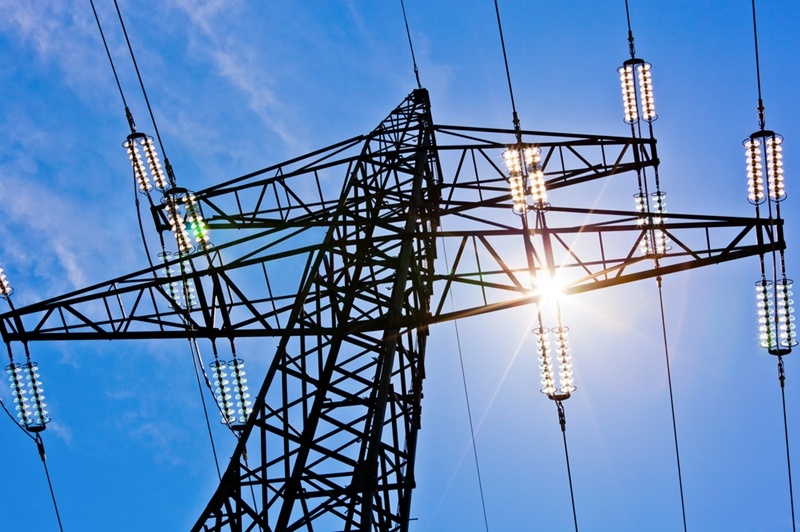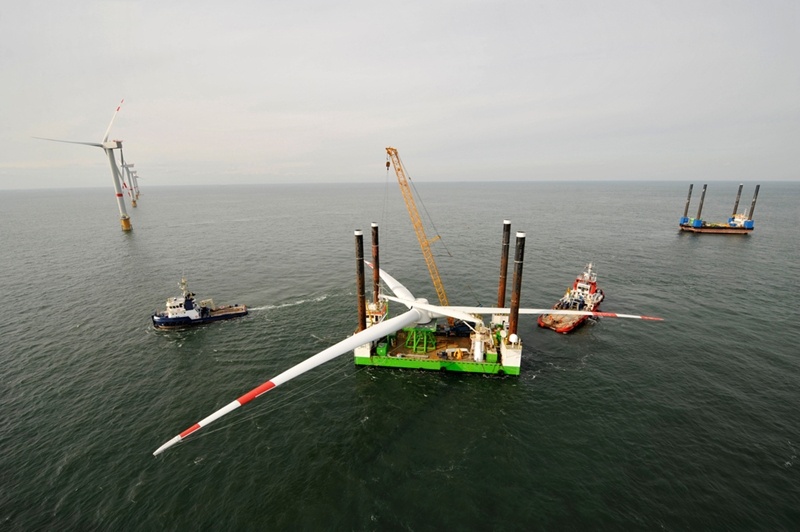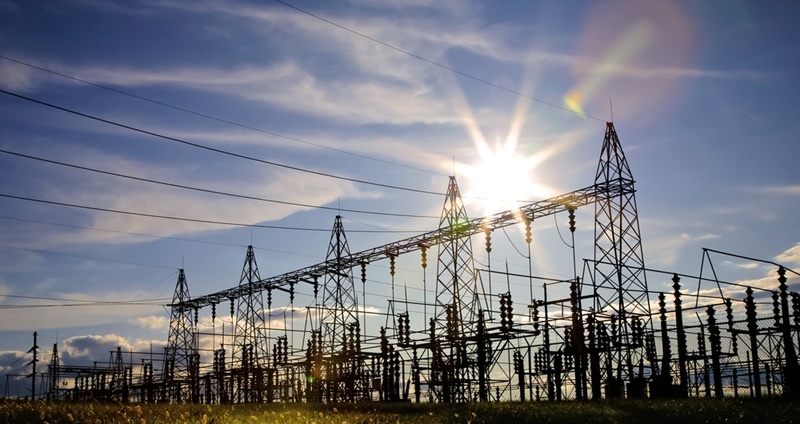Massachusetts energy companies unite to plot grid modernization
New Englanders know their neck of the woods has one of the most volatile and, in turn, expensive energy markets in the country. At the behest of Massachusetts energy regulators, investor-owned utilities throughout the commonwealth recently filed independent plans for future grid modernization, addressing concerns state agencies pitched beforehand. What deficiencies are energy regulators in Massachusetts aiming to resolve, and can these utilities rise to the challenge?
The Bay State lays its energy issues on the line
An investigation by the Massachusetts Department of Public Utilities yielded detailed objectives concerning exactly what ratepayers statewide need and what regional infrastructure requires to remain an asset in the coming decades. For starters, the grid must evolve to combat extreme weather conditions, as well as other situations which could cause power outages or slow restoration of service.
The northeast uses around one-third of its total capacity only 10% of the year."
Second, energy companies must address peak demand concerns and ultimately capacity at large. According to a 2013 report from ISO New England, the northeast has historically uses around one-third of its total capacity for only 10 percent of the year. This means residents pay for a higher annual capacity all year long, but only take advantage of it for a few weeks, sending costs skyward.
Next, the agency also seeks more channels for distributed energy resources like solar and wind. These technologies can incentivize long-term grid investments while lowering demand across all sectors in the process. In addition, MassDPU asserted workforce efficiencies are just as important to the modernization effort as nuts-and-bolts upgrades, so these energy companies must demonstrate improvements in this area as well.

Energy companies respond with their expertise
In response to this call to action, Massachusetts investor-owned utilities submitted respective proposals, each with their own ideas for effective modernization. For example, energy provider Unitil proposed changes to the procedures and technology it uses to assess damage to the grid caused by inclement weather. By developing a mobile application for its repair teams to improve outage management, Unitil and the Lawrence Berkeley National Laboratory believe this $300,000 upfront investment over 2017 and 2018 could save as much as $702,000 annually.
NSTAR took grid optimization on step further by laying out a comprehensive plan, part of which focuses on microprocessor relays. In its filing, the company stresses the importance of equipping the grid with microprocessor-based devices over the standard electromechanical relays. The former has the power to alert energy providers as to an upcoming outage or technical issues, as well as a number of remote operations like a "lock-out" setting. As the grid becomes more and more sophisticated, so will the forces trying to disrupt it. Cyberattacks could cause widespread issues if perpetrators gain enough access, but microprocessors can help energy companies stay one step ahead.
Though there is still much work to be done, so long as Massachusetts regulators keep state energy interests to their word, New England's reputation for energy may finally start to level out.
This content is property of ESCO Advisors and all reproductions must reference and link back to the ESCO Advisors website.
Share this
You May Also Like
These Related Stories

Huffing and puffing: First offshore wind farm sued over market violations

MISO can clean up its act, but it isn't out the woods yet, says report


